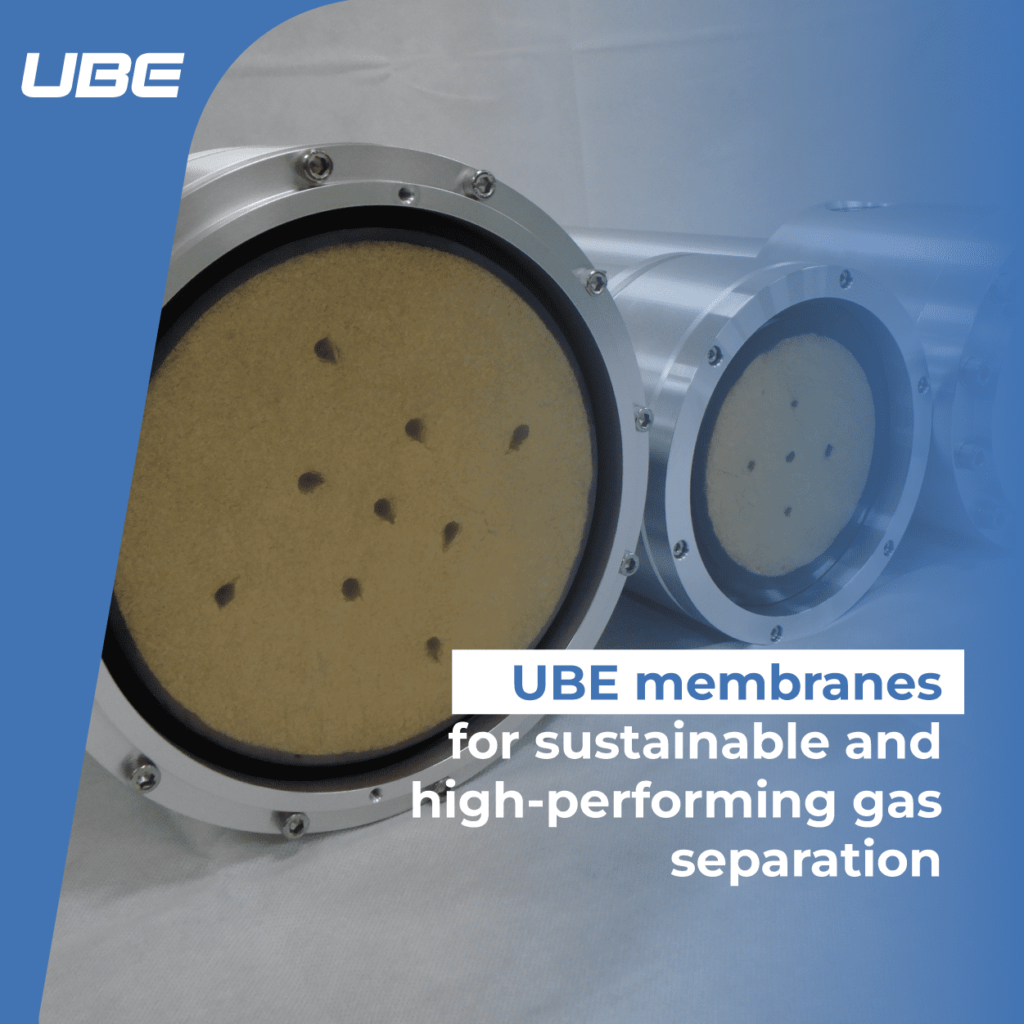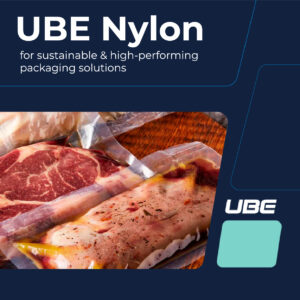In general terms, a gas separator membrane is a device used in gas separation through a process of selective permeation. This membrane is used to separate one or more components from a gas mixture from their different ability of diffusing through the membrane.
UBE has a long history in gas membranes, with over 35 years of experience in various applications and industries with the latest polyimide-based hollow-fibers membranes technologies for different applications.
In UBE’s CO2 separator, when compressed biogas flows into the membrane module, molecules with higher permeability rates for the membranes, such as CO2, H2O, O2, and H2S, pass through the membranes earlier than other gasses with lower permeability rates, such as CH4. The result of these differences in permeability rates is the production of highly purified CH4 after passing through the UBE CO2 separator.
On the other hand, our H2 separation membrane is a very effective method for obtaining Hydrogen with an extremely high purity, with lower energy consumption, reduced maintenance cost and easy operation. This technology can be used for Hydrogen recovery in oil refineries, chemical plants and mining from natural gas, ammonia and methanol purge gasses, and others. Also, our membrane for Hydrogen separation can meet the performance demanded by groundbreaking applications, such as e-fuel or sustainable aviation fuels.
Further, we can obtain enriched Nitrogen from the surrounding air using UBE’s N2 separator. Here, H2O, O2, CO2 permeate faster than N2, so these highly-permeable molecules pass through the membrane quicker, while the less permeable N2 remains on the product gas side. The product gas can be purified up to 99.9% N2 and very dry (low-dew point).
Finally, UBE’s third significant gas membrane in the sector is its gas humidifier for fuel cells. UBE has developed a hollow fiber-based gas humidifier for humidity adjustment, which exhibits great permeability and selectivity for airborne water vapor. This means it can effectively exchange humidity between moist gas and dry gas.
These membranes play a crucial role in various applications such as food packaging, tire filling, analytical instruments, seal gas for plastic injection, and more. Interested in learning more about the properties, performance and operation of UBE gas membranes? Discover it in our infographic.





